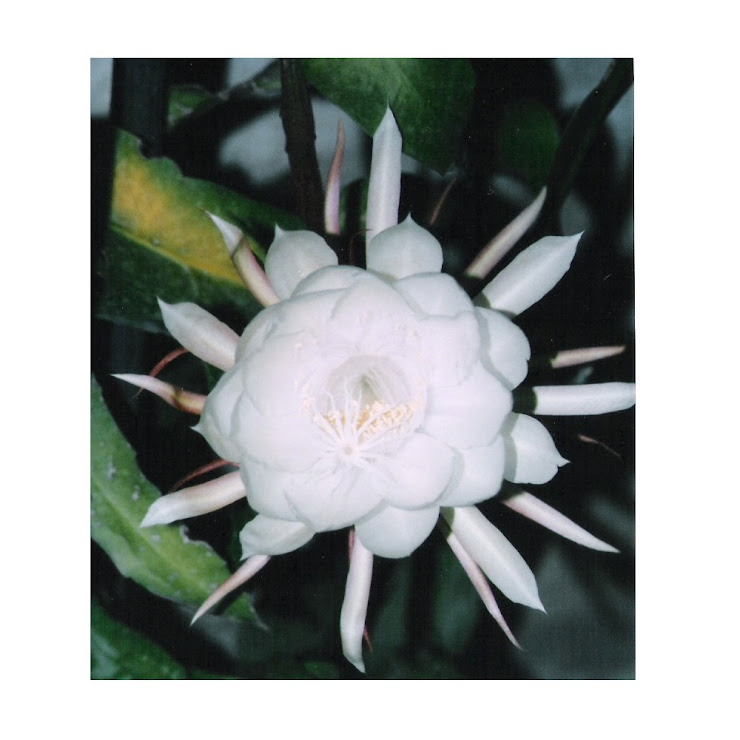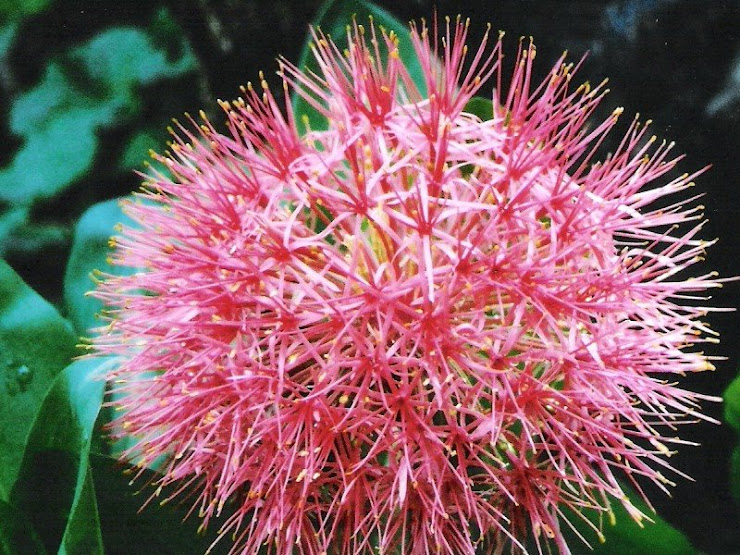Growing Cyclamen
|
For cheerful indoor blooms this winter, try florist cyclamen,
a beautiful blooming house plant.
|
Florist cyclamen (Cyclamen persicum) are rapidly becoming a
favourite house plant both for wintertime blooms and Valentine's Day
celebrations. Their heart-shaped leaves and rose, red and white flowers seem
like the perfect gift for lovers tired of roses (although who tires of roses?).
If you love house plants and are looking for a long-lived plant that blooms in
the dull of winter, cyclamen fit the bill.
Growing Cyclamen as House Plants
There are 20 species in the genus Cyclamen, but many are hardy
outdoor perennials. Cyclamen persicum are the ones you see lining the
benches of garden centres starting in the late fall, blooming with pretty,
cheerful and unflagging determination throughout the winter months. According
to the Clemson University Cooperative Extension site, florist cyclamen have
been a favourite indoor plant since the early 17th century when Western
Europeans fell in love with this Mediterranean import. Since their introduction
so many centuries ago, hybridizers have presented aficionados with new single,
double, fringed, crested and frilled flower forms, but the basic care
instructions for all indoor cyclamen remain the same.
- Light requirements: Cyclamen prefer bright, indirect light. A very bright east or west-facing window is best, or a southern exposure with a little bit of filter over the light, such as a curtain over the window or the plant set a few feet from the window itself.
- Water needs: Cyclamen are fussy about their soil moisture, so you do need to pay special attention to their water needs. The soil should be kept evenly moist, never drying out but not so wet that water collects in the saucer under the pot. The fibrous tubers from which the plant grows are prone to rot, so water mature cyclamen plants near the rim of the pot, away from the tuber.
- Temperature: Cyclamen prefer daytime temperatures of approximately 60 to 65 degrees F, with evening temperatures slightly cooler. If temperatures consistently rise about 70 degrees, they may fail to develop buds or drop any existing buds.
Because of these requirements, many homeowners find that an east
or west facing bathroom window is ideal place for cyclamen. The moist, humid
air from steamy showers and baths seems to encourage strong growth, and the
proximity to water faucets makes it easy to keep the soil evenly moist. Kitchen
windows can also be great places to enjoy your cyclamen.
Encouraging Cyclamen
to Bloom
It's smart to purchase cyclamen in bloom and with several newly
formed buds. The existing blossoms provide definite identification of the
plant's colour, and the closed buds ensure a few more weeks of bloom before the
plant enters dormancy.
Cyclamen bloom for approximately four weeks, and then remain
dormant for several weeks. This natural cycle mimics the cycle of wet and dry
periods in the Mediterranean where cyclamen flourish in the wild.
Homeowners who aren't used to the cyclamen's dormant period may
panic when they see the plant's leaves begin to yellow, curl and drop off, but
this is all part of the plant's natural rejuvenation cycle. It's conserving
energy to fuel the tuber for another year so that it can put forth more
beautiful blooms.
Cyclamen can be tricky to get to bloom again, but a few simple
practices should help. After the plant enters its dormancy period, place it in
a shady spot for a few weeks. Keep the soil constantly moist, never allowing it
to get too wet or too dry. After a few weeks of rest, move it back into the
bright, indirect light. Feed with a balanced liquid house plant fertilizer such
as a 10-10-10 in a water solution once a week or every other week. With a
little luck, you can coax your cyclamen into bloom again.
Insect Problems
Cyclamen are very hardy houseplants. Occasionally, you will find
that aphids, thrips, mealy bugs or spider mites have found your beloved
cyclamen and have set up housekeeping. If this is the case, you can use
insecticidal soap according to the package directions to clean your plant and
remove the pests.
It's a good idea whenever you bring home a new plant to keep it
isolated from the rest of your house plants until you're sure it's pest-free.
All it takes is a few pests transported into your home to infest your entire
plant collection. Many insects need proximity to new hosts, however, so by
isolating your new acquisitions in a separate room, you can keep pests from
moving from an infected plant to an uninfected one.
Your Pets and
Cyclamen Plants
According to the ASPCA, cyclamen is poisonous to both cats and
dogs. Compounds called terpenoid saponins cause symptoms of toxicity such as
vomiting, diarrhea, and salivation. Most pets get into trouble by eating the
tubers, so keep the entire plant away from your pets at all times. In case of
ingestion, contact your pet’s veterinarian for instructions and advice.
Cyclamen for All
Seasons
With their beautiful speckled foliage, attractive flowers, and multiple flower forms, cyclamen are a great addition to your indoor garden this year. Try cyclamen as a gift for someone you love, or add a few to your houseplant collection. With a little TLC, you will have a flourishing cyclamen for many years to come. For cheerful indoor blooms this winter, try florist cyclamen, a beautiful blooming house plant.







